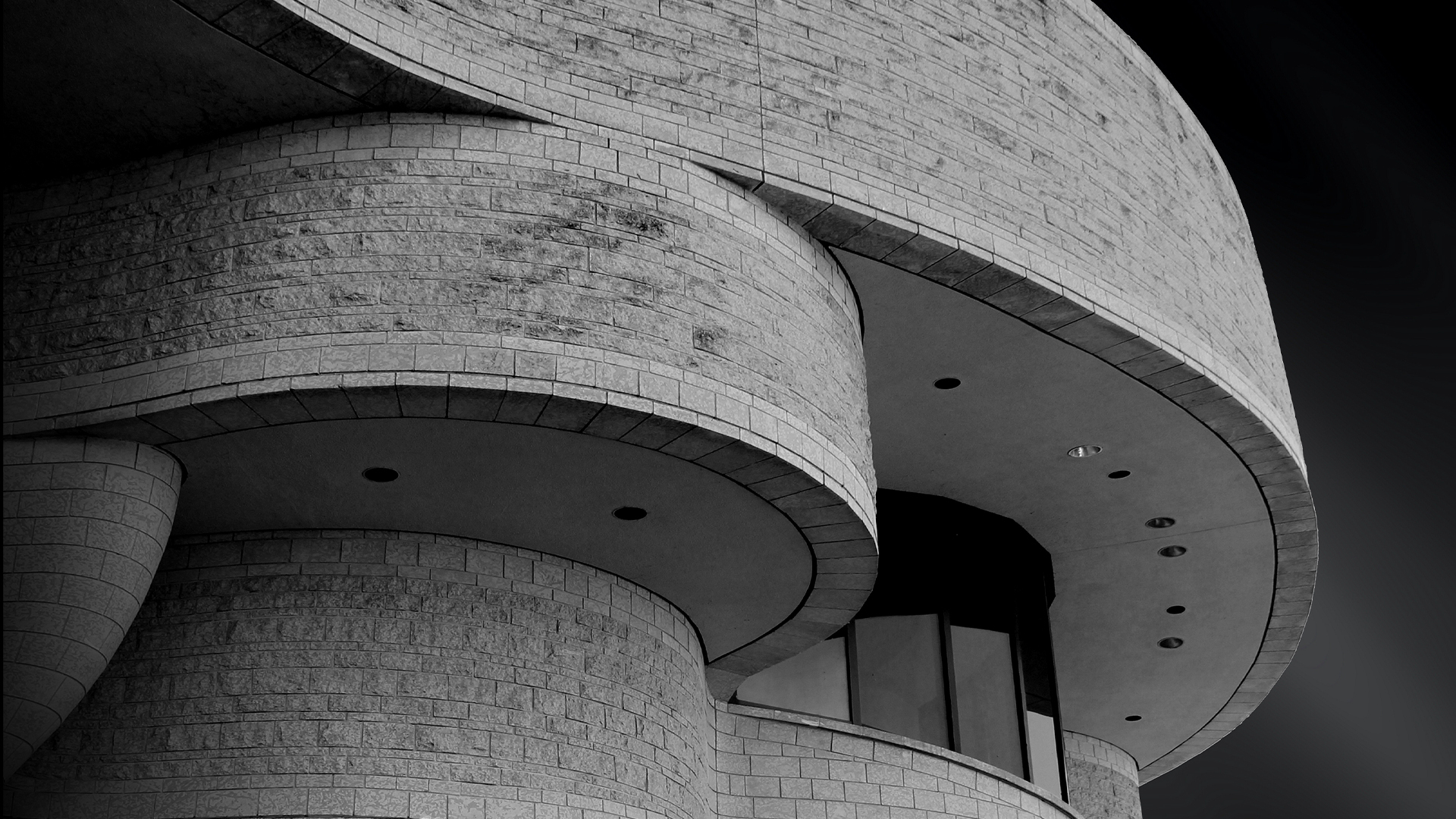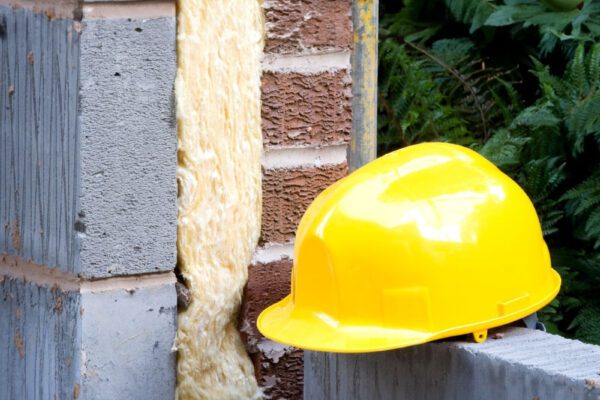Future of the Construction Industry
The construction industry is changing radically for three fundamental reasons: Improved technologies, improved products, and improved processes. These transformative drivers have revolutionized all facets of the construction industry.
Improved Technologies
The distinction between design and delivery has progressively been dissolved. Contractors and subcontractors now participate in the design phase through a variety of delivery methods and contract types, including design-build, design-assist, and component-assist. Previously, architects and engineers illustrated their intent in 2D representation. Now, all design documents are in 3D. Most components are downloaded in 3D, complete with parametric data on performance, maintenance programs, and infrastructure requirements. This allows designers to take advantage of the detailed expertise of product manufacturers.
Through the collaboration of architects with contractors, subcontractors, and manufacturers, buildings and interiors can now be fully constructed virtually. Virtual reality (VR) and augmented reality (AR) technologies can create immersive environments as convincing as those used in the gaming industry, blurring the lines between visualization and documentation.
Manipulation of scripted mathematical algorithms to autogenerate complex forms allows the exploration of every possible solution, not just the few that designers and contractors can sketch. Multiple schemes can be tested for appearance, fit, performance, and cost. Collaborative technologies allow each professional to refine this marvelous building model in advance of beginning actual construction. Improvements in innovation, communication, cost control, risk reduction, and outcomes assurance will be momentous.
Improved Products
Modularity is increasingly sweeping aside field assembly. More and more of the components of a building are being delivered to the construction site ready for placement. These components range in size and complexity from light fixtures and unitized exterior building façades to whole buildings.
Improved technologies also facilitate CAD/CAM production directly from the design drawings. Sprinkler piping, for example, instead of being measured and cut in the field, can be shop fabricated to the precise dimensions and delivered to the exact intended location for installation.
The use of mass customization is on the cusp of becoming routine practice. Why must all bricks be rectangular? Instead of using rectangular molds, what if molds could be easily and inexpensively created via software/robot interface such that bricks could be any shape we want? Materials will be 3D printed more often as printers and printable products evolve and designers discover more opportunities.
Improved Processes
Today, clients want to work with building teams focused on delivery of the best product for the best price. More innovative contract models, such as integrated project delivery, create a relationship where the owner, designer, and contractor are all legal clients of the project, sharing liability and reward. There are many other team formats – design-build or design-assist, for example – that establish relationships that are highly collaborative and mutually respectful. This means that traditional roles have been upended. Some companies will even assume responsibilities for everything from leasing of premises to delivery of furniture, in addition to design and construction.
Architects wonder about the future of the profession. The adoption of innovative technologies, incorporation of specialized products, and embrace of more-collaborative processes can either help the discipline flourish or relegate designers to the junior position of façade decorator. Creating unique, one-of-a-kind buildings can be inefficient, risky, and expensive, yet construction is one of the greatest and most noble creations of humankind.







